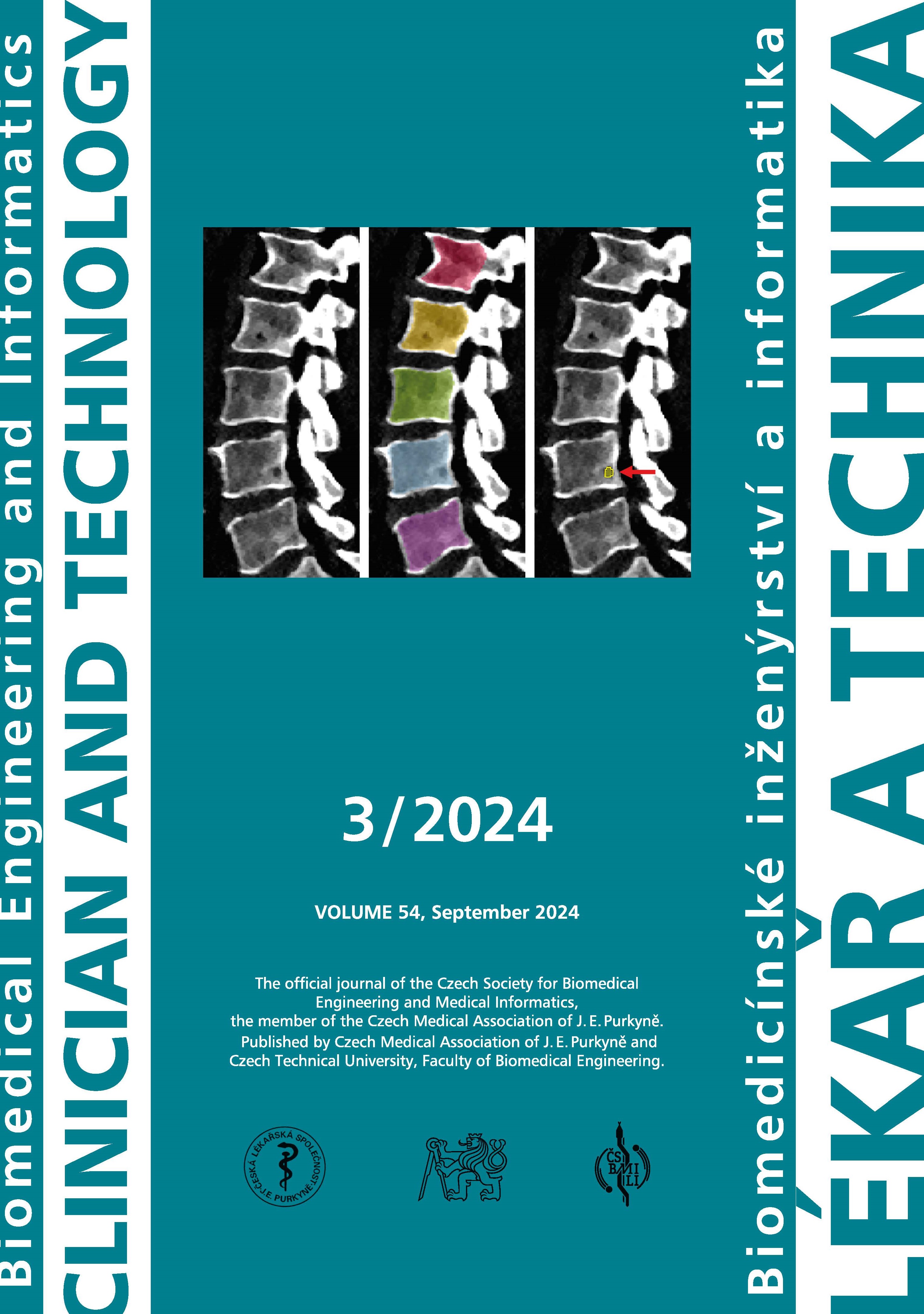PERFUSION INDEX VALUES ARE CONSISTENT ACROSS COMMON LYING SURGICAL POSITIONS
DOI:
https://doi.org/10.14311/CTJ.2024.3.05Abstract
Perfusion Index (PI) is an important vital sign in medical practice, with increasing utility in a variety of medical specialties. Its relevance extends to critical care and serves as a valuable measure of anesthetic efficacy. Despite its growing importance, there is a notable lack of literature on the potential impact of different surgical positions on PI measurements. Therefore, this study attempts to fill this gap by investigating whether PI exhibits variance in four different surgical positions: supine, prone, right and left lateral decubitus. The interventional prospective study included 27 volunteers who underwent PI measurement in each position in a randomized order. Using a one-way analysis of variance (ANOVA) for repeated measures, the results showed that at a 5% significance level, no significant differences were found in measured PI values between supine, prone, right and left lateral decubitus positions. Higher standard deviations in the right (±4.46%) and left (±4.58%) lateral decubitus positions indicate greater PI variability than in the supine (±3.91%) and prone (±3.88%) positions. The results suggest consistency of PI measurements across different surgical positions, adding to the knowledge of standardization of PI measurements and interpretation of measured absolute PI values.
Downloads
Published
Issue
Section
License
Copyright (c) 2024 Mikel Perez Etxeberria-Arteun, Simon Walzel

This work is licensed under a Creative Commons Attribution 4.0 International License.
Authors who publish with this journal agree to the following terms:
- Authors retain copyright and grant the journal right of the first publication with the work simultaneously licensed under a Creative Commons Attribution License (https://creativecommons.org/licenses/by/4.0/) that allows others to share the work with an acknowledgment of the work's authorship and initial publication in CTJ.
- Authors are able to enter into separate, additional contractual arrangements for the non-exclusive distribution of the journal’s published version of the work (e.g., post it to an institutional repository or publish it in a book), with an acknowledgment of its initial publication in this journal.
- Authors are permitted and encouraged to post their work online (e.g., in institutional repositories or on their website or ResearchGate) prior to and during the submission process, as it can lead to productive exchanges.
CTJ requires that all of the content of the manuscript has been created by its respective authors or that permission to use a copyrighted material has been obtained by the authors before submitting the manuscript to CTJ. CTJ requires that authors have not used any copyrighted material illegally, as for example a picture from another journal or book, a photo, etc. It is the author’s responsibility to use only materials not violating the copyright law. When in doubt, CTJ may ask the authors to supply the pertinent permission or agreement about the use of a copyrighted material.
The opinions expressed in CTJ articles are those of authors and do not necessarily reflect the views of the publishers or the Czech Society for Biomedical Engineering and Medical Informatics.


